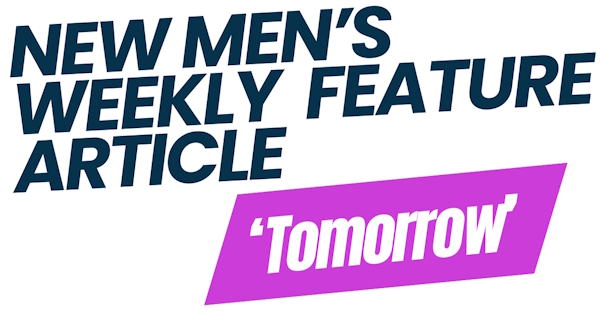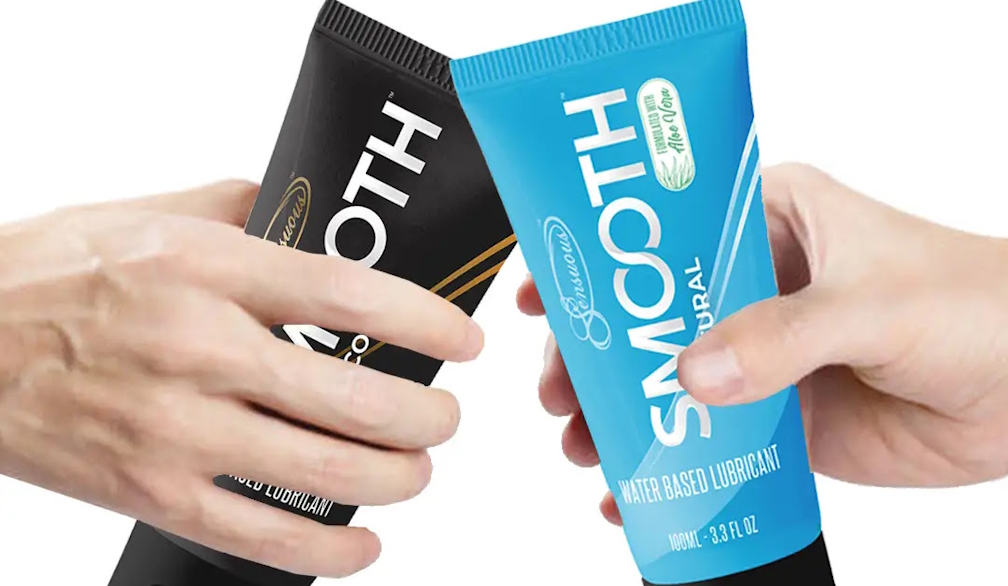Discover the Many Benefits of Montessori Resources for Children

Montessori resources for children are an amazing way to help them learn and grow. These materials allow children to explore the world around them in a hands-on way, which helps them learn and retain information more effectively.
In this article, we will discuss the many benefits of Montessori resources for children. We will also provide tips on how you can implement these resources into your child's learning environment.
Defining Montessori Resources
Montessori resources are materials and activities designed to help children learn, develop, and grow. These materials allow children to explore their world in a hands-on, meaningful way that encourages problem-solving, independent learning, and creative thinking.
Benefits of Montessori Resources for Children
Using Montessori resources offers several benefits for children's physical, mental and emotional development. First off, they provide an environment that allows children to learn through self-directed exploration without adult intervention. This allows them to discover things on their terms which helps build confidence and self-esteem.
Another benefit is that these materials are often versatile enough to accommodate different levels of skill or knowledge. For example, when a child is learning to read, they may use a set of Montessori-inspired letters and words that are designed to grow with them as they progress.
In addition, the hands-on nature of these resources helps children stay engaged and excited about learning. Manipulating physical objects can help reinforce concepts and make abstract information more tangible. This can also provide opportunities for problem-solving, independent learning, and creative thinking.
Finally, using Montessori materials is an excellent way for parents to foster relationships with their children through play or shared activities. When done together in a relaxed setting, it creates an environment of trust where ideas can be freely exchanged without fear of judgment or reprimand.
Examples Of Montessori Resources
Montessori educational resources generally involve hands-on activities such as puzzles, blocks, and sorting games that are designed to build cognitive and motor skills. Other Montessori supplies may include:
-
Art materials – paints, paper, pencils, crayons, clay
-
Musical instruments – drums, bells, gongs
-
Math manipulative – rods, spindles, counting beads
-
Language development toys – sandpaper letters and movable alphabets
-
Sensorial materials – colored tablets, geometric shapes
-
Life science resources – magnifying glasses, butterfly nets
-
Botany activities – seed planting, charting the growth
Each of these items allows children to learn through exploration and experimentation. By interacting with objects in the environment in a meaningful way and making discoveries along the way they’ll gain confidence and knowledge that will last beyond their preschool years.
How Does Montessori Education Work?
Montessori education is based on the idea that children learn best when they have a chance to explore and manipulate their environment. In Montessori classrooms, teachers use hands-on activities, open-ended questions, and materials such as those listed above to encourage children to think critically and use problem-solving skills.
Because of this emphasis on exploration and discovery, Montessori education values mistakes as opportunities for learning, not failures. Montessori resources can also help foster social development among young children. By allowing kids to work together on projects or simply share materials in the classroom, they can practice important cooperative skills while developing relationships with their peers.
How Can Parents Use Montessori Resources at Home?
Parents don’t need to be certified Montessori teachers in order to use the principles of discovery-based learning with their children. Here are a few ways parents can make use of Montessori resources:
-
Set up a sensory bin with different objects that your child can explore. This could include items like sand, water beads, dried beans, or rocks.
-
Provide open-ended materials such as blocks and magnets for your child to build and explore through play.
-
Encourage natural curiosity by asking questions during everyday activities like grocery shopping or cooking dinner.
-
Introduce real-world tasks around the house, like setting the table or helping to fold laundry.
-
Invest in Montessori-style furniture and materials that are designed to encourage children to be independent learners, such as floor beds or dressers with drawers they can open.
Are There Any Disadvantages to Montessori Learning?
Although Montessori-style learning is largely beneficial, it does have its drawbacks. For example, some parents find that the materials and activities can be expensive and difficult to source. Additionally, children who are used to a traditional school setting may struggle to adjust to the more independent learning environment offered by Montessori resources. Furthermore, if the materials or activities are not properly supervised, they can become a distraction from other important developmental tasks like language acquisition or social engagement.
Despite these potential challenges, many parents find that the benefits of using Montessori resources far outweigh any disadvantages. By investing in quality materials and providing close supervision when necessary, children can gain numerous skills and abilities that will serve them well in the future.
Frequently Asked Questions
Q: What types of resources should be used?
A: Popular Montessori materials include puzzles, blocks, sandpaper letters, tactile shapes, beads, number rods, cards, and other items that provide a hands-on approach to learning. It’s important to choose age-appropriate activities so that children can easily understand the concepts.
Q: How often should a child use Montessori resources?
A: It is recommended that young children use the material daily for at least 30 minutes per session. As they get older, they can increase their focus to up to two hours per session.
Q: How will children benefit from using Montessori resources?
A: Using Montessori materials helps develop a child’s creativity and problem-solving skills, builds hand-eye coordination, encourages curiosity, teaches independence and confidence, and allows for self-expression. Additionally, it provides an opportunity to strengthen language skills through conversations with the facilitator or other children while participating in the activities.
Q: What types of activities are used in the Montessori Method?
A: Activities often use manipulative and concrete objects such as blocks, puzzles, beads, and other materials that children can interact with to learn abstract concepts. These activities help nurture a child’s imagination and creativity while also teaching them essential life skills like concentration, self-discipline, purposeful work, and responsibility.
Q: What age group is best suited for Montessori education?
A: The Montessori Method is designed for ages from 3 to 6 years old. However, many educators believe this method has many applications beyond those age groups, making it a great educational tool for all children regardless of their age or stage of development.
Conclusion
Overall, Montessori resources offer a wide range of learning opportunities for children of all ages. By providing accessible and engaging activities that are tailored to individual development levels, children can benefit from increased confidence, self-esteem, and a sense of accomplishment. It’s an excellent way for parents to guide their children on the path to success.







